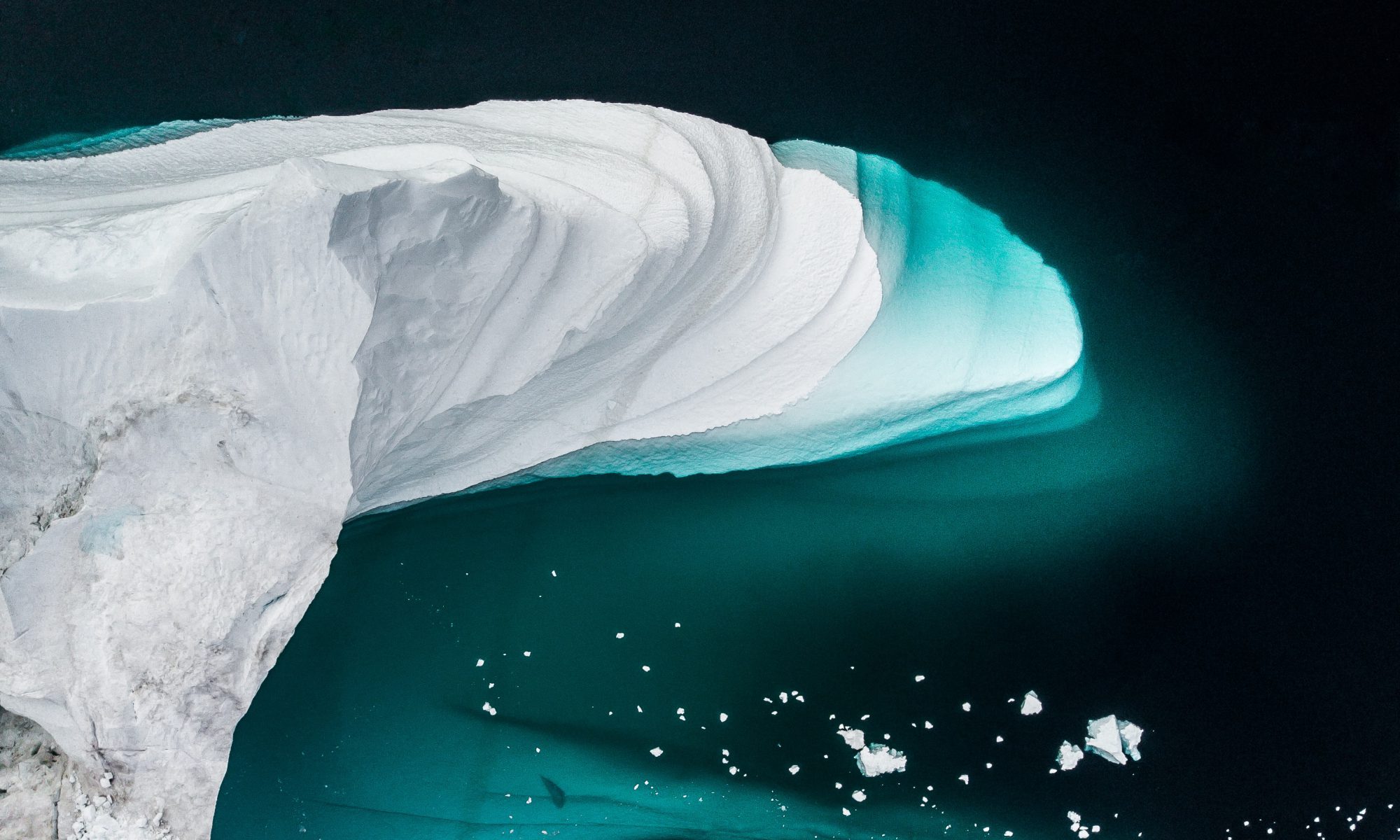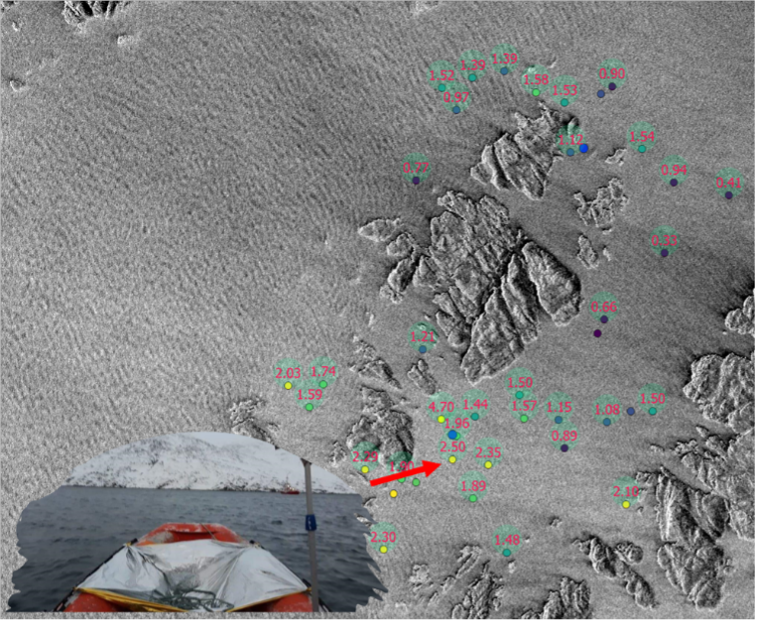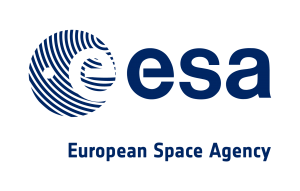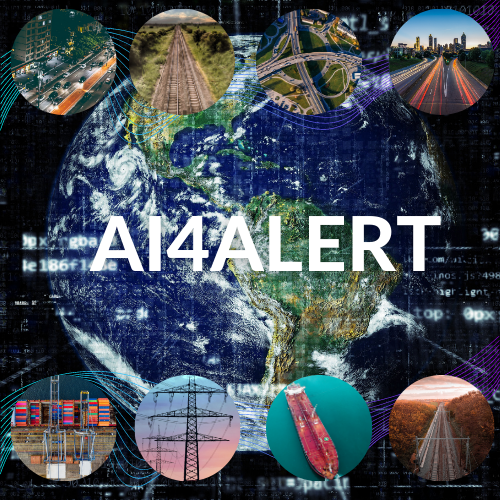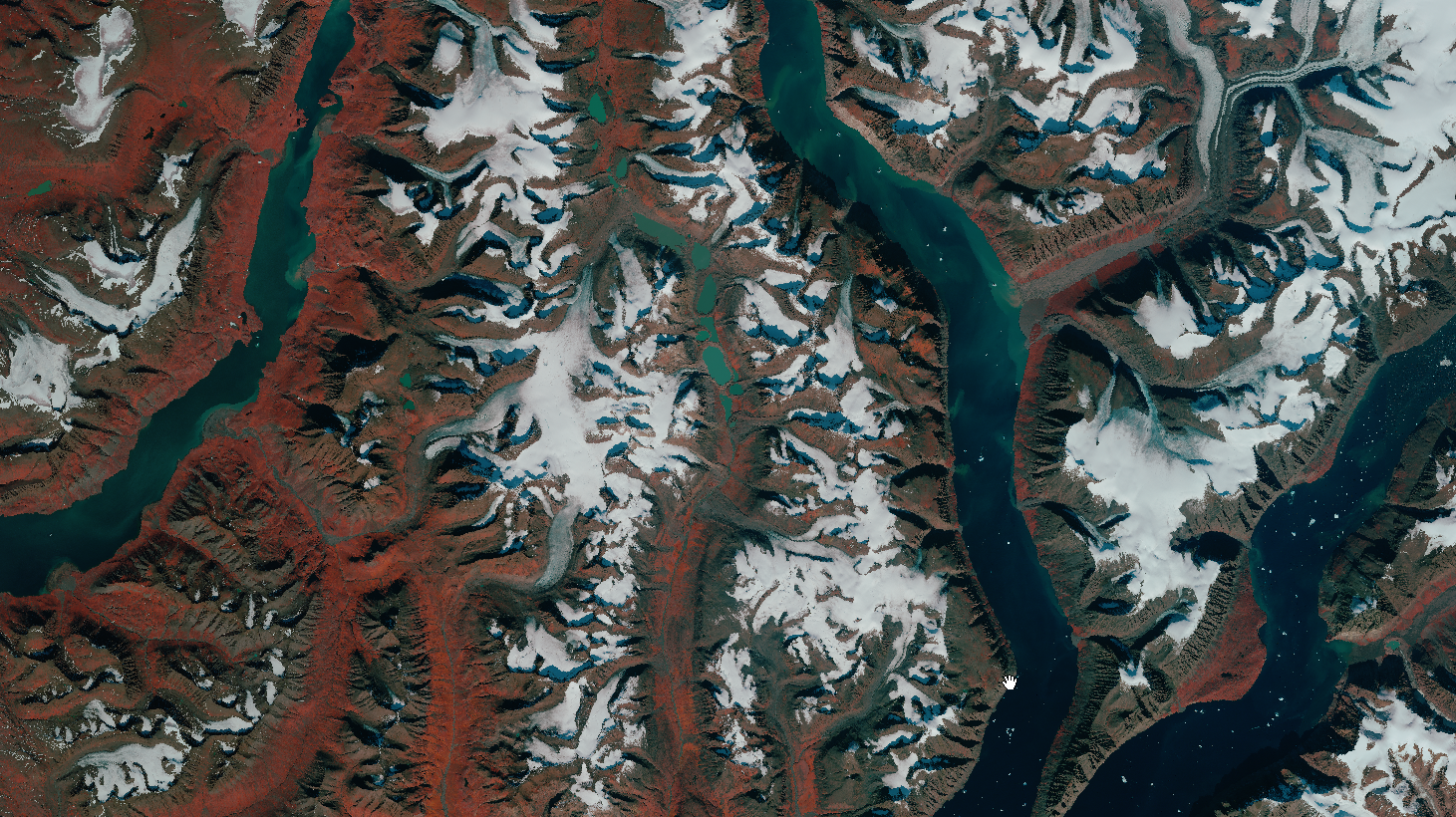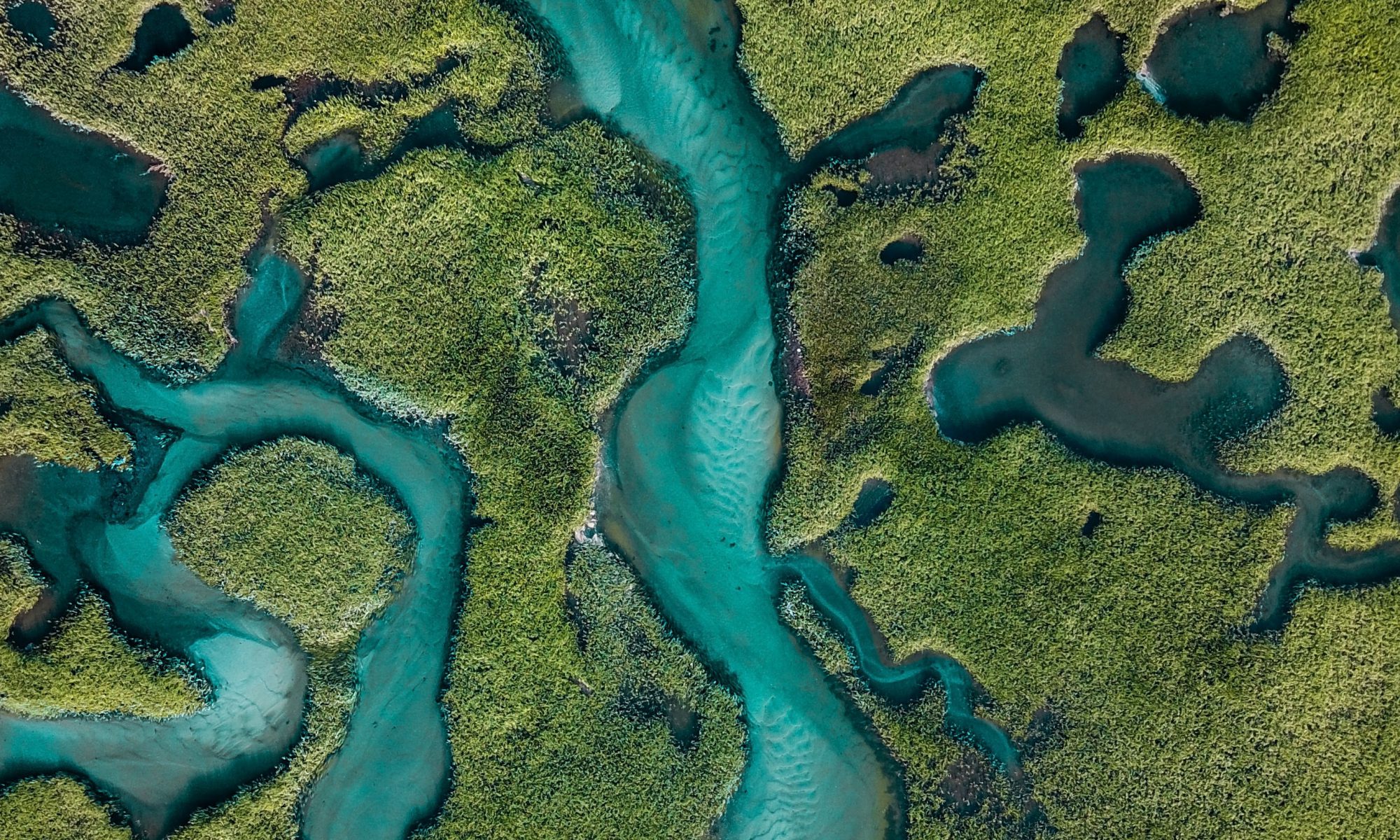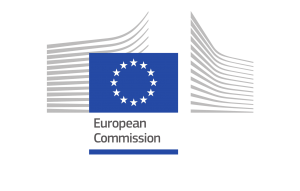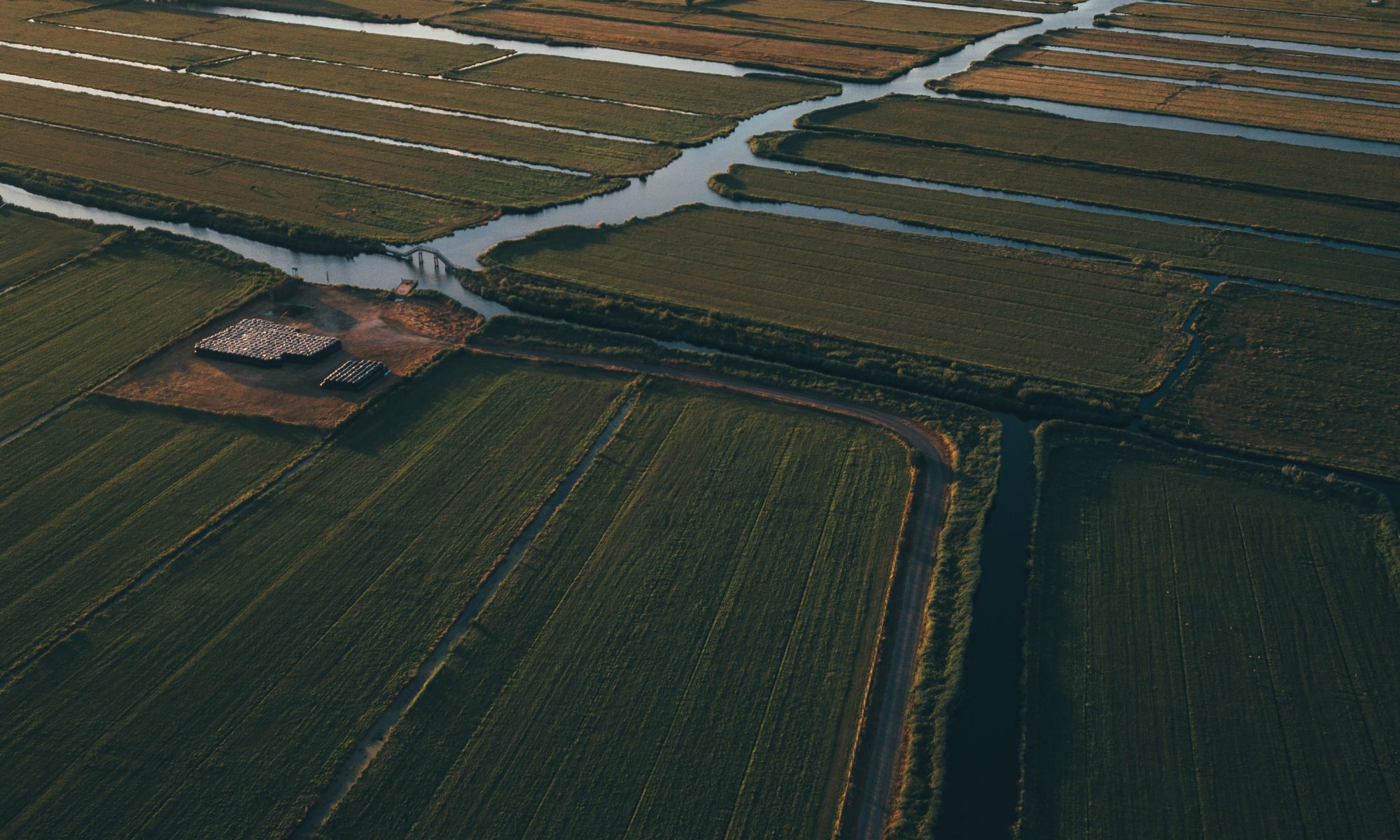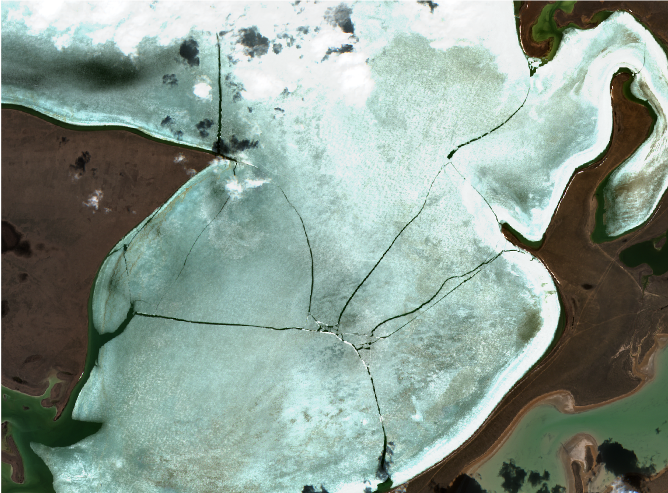
Orbital Assets
Piloting novel geointelligence solutions to quantify and qualify material stocks in urban environments, at scale.
Why is it important?
Earth Observation (EO) technology holds significant potential as a synoptic means to map and monitor building assets and material stocks in urban environments - thus providing key information to improve resource efficiency and circularity within the building and construction sector. This project will uncover the potential of EO and advanced machine learning technology to map building objects and elements and assess the typology of potentially reusable building material/deposits in urban areas to underpin circular economy objectives.
Project highlights:
Analysing and documenting needs and requirements for geoinformation data solutions amongst key stakeholders in the building and construction industry
Assessing the technical feasibility of EO solutions to map and monitor material stocks and building condition, in line with the needs and requirements of the key stakeholders.
Demonstrating the application of EO solutions to improve reuse and recycling of material stocks and underpin smarter building maintenance frameworks in the building and construction industry.
In more detail..
Construction and demolition waste makes up 41 % of the total waste generation in Denmark and just over one third of the total waste generation in the EU. However, despite relatively high recovery rates of used materials in most EU countries, most of the recovery of construction waste is largely based on low-grade backfilling operations. Higher and better-quality recycling of existing building materials is needed to reduce the carbon footprint of the construction industry, and ultimately reduce costs – yet largely incomplete and outdated information about existing building assets impedes efforts to make longer term planning and integrate such resources in existing/future projects.
Earth Observation (EO) technology holds significant potential to address this data gap as a timely and synoptic resource to provide up to date information about urban objects as well as resource availability, location, typology, and condition. Thus, EO could provide new avenues for improving resource efficiency and circularity within the building and construction sector – and tap into a market believed to be worth between 10-12 million € per year, in Denmark alone.
Orbital Assets will explore the potential of novel deep learning technology and Copernicus Sentinel data, in addition to aerial photos, lidar data, street view imagery and other relevant data sources, to assess and monitor built environments and objects/materials on individual buildings and their surroundings.
The primary objectives are to identify and test the potential of EO solutions to:
1) Quantify and qualify existing building resources by exploring the application of deep learning algorithms and a variety of EO data sources to systematically map, monitor and count different building objects with a view to estimate the availability of potentially reusable building material. The potential of such application could underpin new ways to adapt and built assets in line with circular principles for building design, thus contributing to reduce the carbon footprint of the construction industry and ultimately, reduce costs.
2) Improve building maintenance frameworks by exploring the application of deep learning technology and EO data sources to automatically monitor the health and condition of individual buildings as well as their surroundings. The intention of the activity is to explore the feasibility of deep learning and EO data to detect and map parameters such as, larger cracks in bricks, windows, pipes and facades; faded or peeling paint; vegetation overgrow; weathered, missing or damaged rooftop shingles; damaged solar cells and other relevant parameters.
The project is implemented in partnership with ORCA, experts of circular solutions in the urban domain.
2) Improve building maintenance frameworks by exploring the application of deep learning technology and EO data sources to automatically monitor the health and condition of individual buildings as well as their surroundings. The intention of the activity is to explore the feasibility of deep learning and EO data to detect and map parameters such as, larger cracks in bricks, windows, pipes and facades; faded or peeling paint; vegetation overgrow; weathered, missing or damaged rooftop shingles; damaged solar cells and other relevant parameters.
European Space Agency:
About ESA and ESA Space Solutions:
The European Space Agency (ESA) is Europe’s gateway to space. ESA is an intergovernmental organisation, created in 1975, with the mission to shape the development of Europe’s space capability and ensure that investment in space delivers benefits to the citizens of Europe and the world. European Space Agency (esa.int)
ESA Space Solutions is the go-to place for great business ideas involving space in all areas of society and economy. Its mission is to support entrepreneurs in Europe in the development of business using satellite applications and space technology to improve everyday life. ESA Space Solutions
EOatDHI part of the DHI GROUP
gras@dhigroup.com
+45 4516 9100
Agern Alle 5,
2970 Hørsholm,
Denmark
CVR: 36466871





